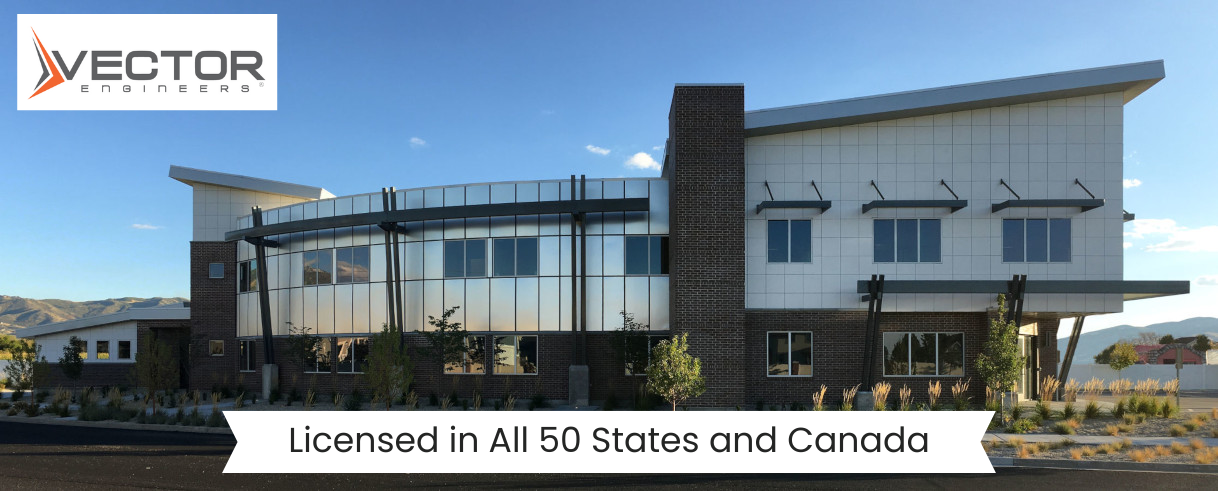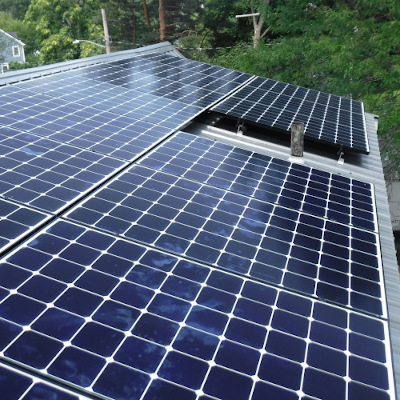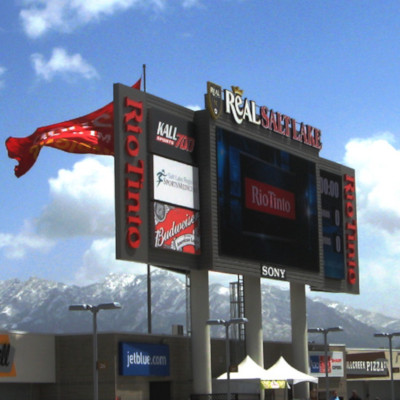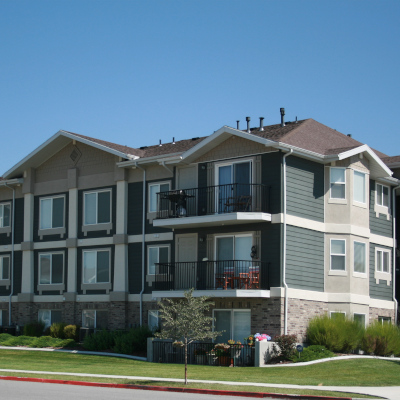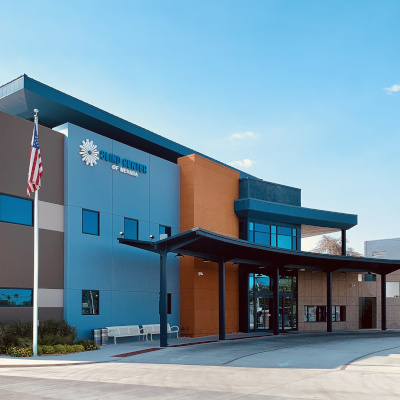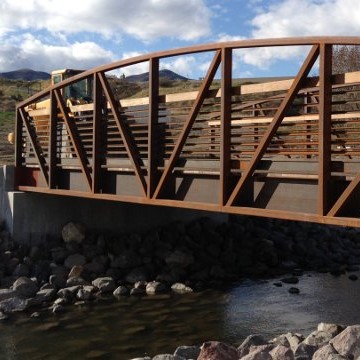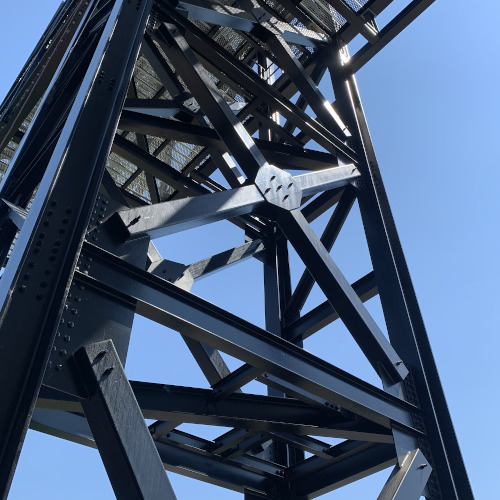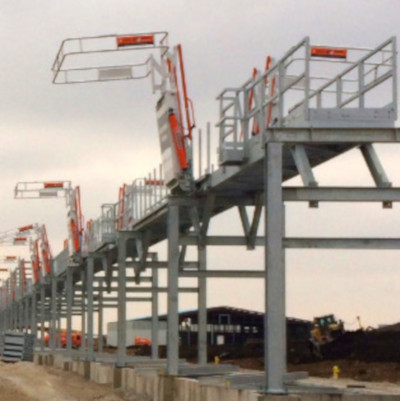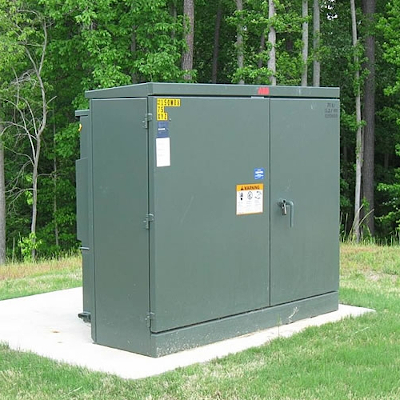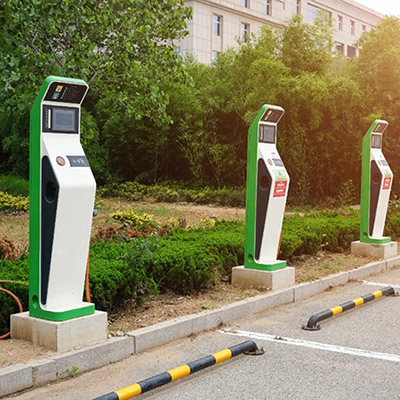Dallas Deferred Connection Design
Deferred connection design is an innovative approach that is revolutionizing the way infrastructure development is planned and executed in Dallas. It has emerged as a critical element in urban planning and transportation systems, shaping the future of the city. In this article, we will delve into the concept of deferred connection design, its importance in Dallas, key elements, challenges, and future trends.
Understanding the Concept of Deferred Connection Design
The basics of deferred connection design lay the foundation for comprehending its significance. This approach involves delaying the establishment of certain connections until their necessity becomes evident. By deferring the connection, planners can gather valuable data and insights into the city’s changing needs, ensuring that resources are allocated efficiently.
The Basics of Deferred Connection Design
Deferred connection design operates on the premise that it is more effective and cost-efficient to build connections when there is a demonstrated demand. By adopting this approach, planners can avoid unnecessary investments in infrastructure that may not be fully utilized. Instead, they can focus resources on areas that require immediate attention, ensuring that development aligns with the evolving needs of the city.
When implementing deferred connection design, planners analyze various factors to determine the optimal timing for establishing connections. They consider population growth, economic trends, and transportation patterns to identify areas where the demand for connections is likely to arise. By deferring the construction of these connections until the need is evident, planners can avoid the risk of investing in infrastructure that may not be utilized to its full potential.
Furthermore, deferred connection design allows for a more adaptable and flexible approach to urban development. It enables planners to respond to emerging technologies and changing demographics, ensuring that the city’s infrastructure remains relevant and efficient. By deferring connections, cities like Dallas can embrace innovation and incorporate new transportation systems seamlessly into their existing networks.
The Importance of Deferred Connection Design in Dallas
In a dynamic city like Dallas, where urban growth and development are occurring at a rapid pace, deferred connection design plays a vital role. By deferring connections, Dallas can adapt to changing demographics, emerging technologies, and evolving transportation patterns. It allows the city to be more flexible and responsive to the needs of its residents and businesses.
With its diverse population and thriving economy, Dallas experiences constant changes in transportation demands. Deferred connection design enables the city to anticipate these changes and plan infrastructure accordingly. By deferring the establishment of connections until their necessity becomes evident, Dallas can ensure that its transportation systems are aligned with the evolving needs of its residents.
Moreover, deferred connection design in Dallas promotes sustainable development. By avoiding unnecessary investments in infrastructure, the city can allocate resources more efficiently, reducing waste and environmental impact. This approach allows Dallas to prioritize the construction of connections in areas where they are most needed, minimizing the disruption to existing neighborhoods and optimizing the use of available land.
In conclusion, deferred connection design is a strategic approach that allows cities like Dallas to adapt to changing needs and optimize resource allocation. By deferring the establishment of connections until their necessity becomes evident, planners can gather valuable data and insights, ensuring that infrastructure development aligns with the evolving demands of the city. This approach promotes efficiency, flexibility, and sustainability, making deferred connection design an essential tool in urban planning.
The Role of Deferred Connection Design in Infrastructure Development
Deferred connection design has a significant impact on various aspects of infrastructure development in Dallas. Let’s explore two key areas where the influence of deferred connection design is particularly noteworthy – urban planning and transportation systems.
Impact on Urban Planning
Deferred connection design presents opportunities for dynamic urban planning in Dallas. By delaying certain connections, planners gain valuable time to assess the future needs of the city. They can gather data on population growth, changing demographics, and economic development that can inform their decision-making process. This approach enables them to create more sustainable and resilient urban environments that accommodate the ever-evolving needs of the community.
Influence on Transportation Systems
Transportation is a critical component of any city’s infrastructure, and Dallas is no exception. Deferred connection design has a profound influence on transportation systems by allowing planners to adapt to changing mobility patterns. By deferring connections until they are truly necessary, Dallas can invest in more efficient and sustainable transportation solutions, such as public transit and non-motorized modes of transportation. This approach maximizes the utilization of existing infrastructure while reducing traffic congestion and carbon emissions.
Key Elements of Dallas Deferred Connection Design
Understanding the key elements of deferred connection design is crucial for its successful implementation. Let’s explore two key components – design principles and techniques, and the tools and technologies used in Dallas.
Design Principles and Techniques
Deferred connection design relies on a set of principles and techniques to ensure its effectiveness. Planners take into consideration factors such as population projections, land use patterns, and environmental impact assessments to determine the optimal timing and location of connections. By adopting a holistic approach, they can create a more integrated and sustainable urban fabric.
Tools and Technologies Used
To support the implementation of deferred connection design, planners in Dallas rely on advanced tools and technologies. Geographic Information Systems (GIS), data analytics, and simulation models play a pivotal role in evaluating the potential impacts of deferred connections. These tools enable planners to make informed decisions based on data-driven insights, enhancing the efficiency and effectiveness of the design process.
Challenges and Solutions in Deferred Connection Design
While deferred connection design offers numerous benefits, there are challenges that need to be addressed for successful implementation. Let’s explore common obstacles faced and innovative solutions that have emerged.
Common Obstacles in Implementing Deferred Connection Design
One of the main obstacles in implementing deferred connection design is resistance to change. Stakeholders may be resistant to deferring connections, fearing potential disruption and inconvenience. Additionally, regulatory and funding constraints can pose challenges. These obstacles require a proactive approach, involving effective communication, stakeholder engagement, and collaboration among different agencies.
Innovative Solutions for Effective Design
To overcome the challenges, innovative solutions have emerged in Dallas. Public engagement and education campaigns are conducted to create awareness and garner support for deferred connection design. Flexible funding mechanisms and partnerships between the public and private sectors have also been established, enabling better coordination and resource allocation.
Future Trends in Deferred Connection Design
Looking ahead, there are emerging trends in deferred connection design that are shaping the future of Dallas. Let’s explore these trends and their implications.
Emerging Trends in Dallas
In Dallas, emerging trends in deferred connection design include the integration of smart technologies and the promotion of sustainable modes of transportation. Smart city initiatives leverage data and technology to optimize the timing and location of connections, resulting in more efficient urban environments. Furthermore, there is an increasing emphasis on non-motorized transportation, such as cycling and walking, to create vibrant and livable communities.
The Future of Deferred Connection Design Globally
Deferred connection design is not limited to Dallas alone; it has global implications. As cities around the world face similar challenges of rapid urbanization and limited resources, this approach offers a promising solution. By deferring connections until they are truly needed, cities can allocate resources more efficiently, reduce environmental impact, and create more inclusive and sustainable communities.
Conclusion
In conclusion, deferred connection design is revolutionizing the way infrastructure development is planned and executed in Dallas. Its impact on urban planning and transportation systems is significant, enabling the city to adapt to changing needs. By understanding its key elements, addressing challenges, and embracing future trends, Dallas is well-positioned to create an efficient, resilient, and sustainable urban environment for its residents and future generations.
What our customers have to say
“I have had the pleasure of working with the Engineers at Vector for over 10 years. Over that time they have continually proven themselves in their quality of work, dedication to their craft, and in meeting tight deadlines. They have gone out of their way to learn and understand our designs to ensure their results are as accurate and reasonable as possible. I would highly recommend them to anyone.”
“We have had a very smooth transition from our previous engineering firm to your company. Since we made the move, the turnaround times have been very quick and consistent, and we haven’t had to stress over our structural stamps — which has been a great relief. Many thanks to you and the rest of your team.“
“Over the course of my ten years in the industry, I’ve used probably 30 different PE firms, and Vector has just out-performed them in every way. Speed. Quality. Price. We operate in 900 cities and towns in seven states, and all the jurisdictions appreciate their verbiage, layout and calculations. We never have issues with anybody questioning their work.”
“DBM Solar Design & Consulting has been working with Vector now for 5 years. We have not worked with any other engineering firm outside of Vector and there is a reason for that. All the engineers that I have worked with have all been most accommodating in every aspect of our solar engineering projects.”
“DBM Solar Design & Consulting has been working with Vector now for 5 years. We have not worked with any other engineering firm outside of Vector and there is a reason for that. All the engineers that I have worked with have all been most accommodating in every aspect of our solar engineering projects.”
“We have had a very smooth transition from our previous engineering firm to your company. Since we made the move, the turnaround times have been very quick and consistent, and we haven’t had to stress over our structural stamps — which has been a great relief. Many thanks to you and the rest of your team.“
“Over the course of my ten years in the industry, I’ve used probably 30 different PE firms, and Vector has just out-performed them in every way. Speed. Quality. Price. We operate in 900 cities and towns in seven states, and all the jurisdictions appreciate their verbiage, layout and calculations. We never have issues with anybody questioning their work.”
“I have had the pleasure of working with the Engineers at Vector for over 10 years. Over that time they have continually proven themselves in their quality of work, dedication to their craft, and in meeting tight deadlines. They have gone out of their way to learn and understand our designs to ensure their results are as accurate and reasonable as possible. I would highly recommend them to anyone.”

Providing Structural & Electrical Engineering services in all 50 states plus Washington D.C., Puerto Rico and Canada.


